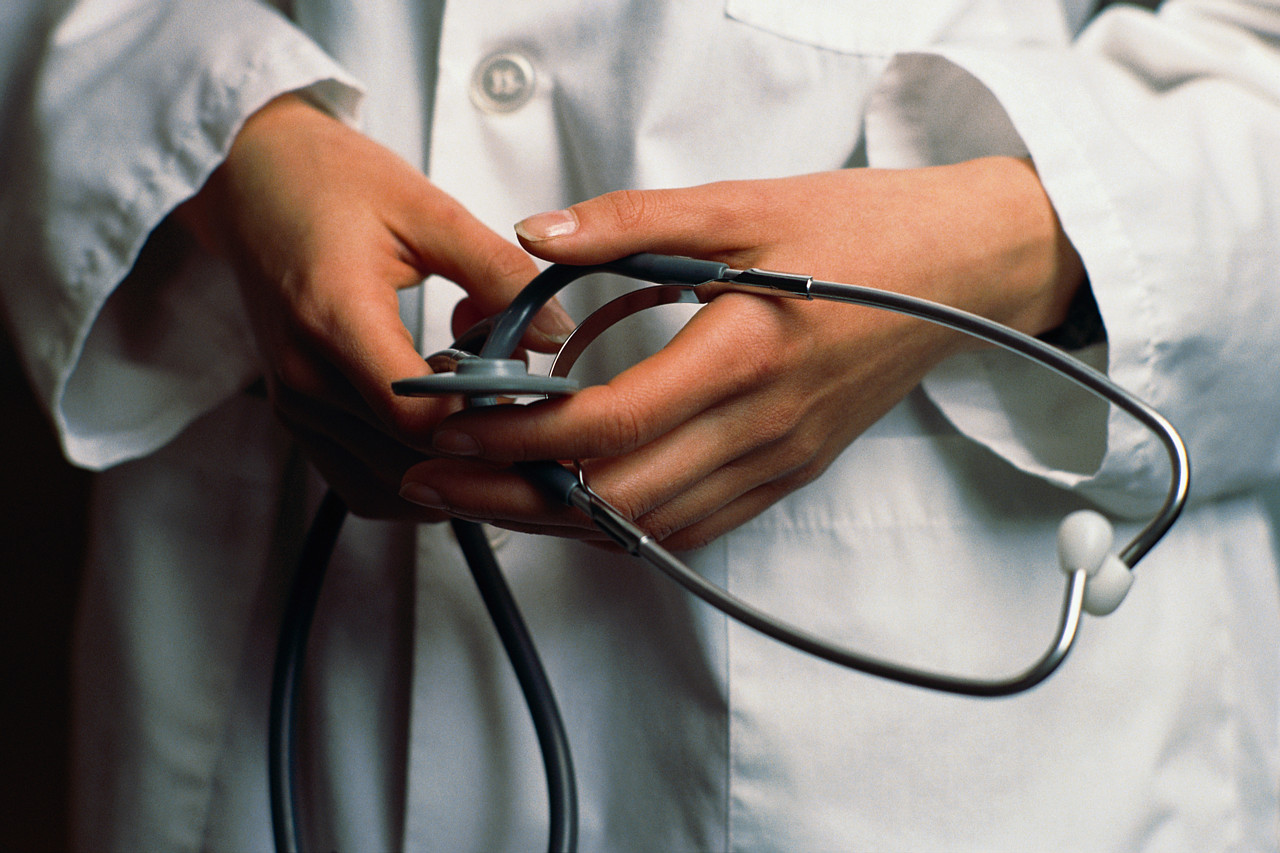How Successful Has Been No-Fault Divorce?
Pro: Scott Keyes.
 No-fault divorce has been a success. A 2003 Stanford University study detailed the benefits in states that had legalized such divorces: Domestic violence dropped by a third in just 10 years, the number of husbands convicted of murdering their wives fell by 10 percent, and the number of women committing suicide declined between 11 and 19 percent. A recent report from Maria Shriver and the Center for American Progress found that only 28 percent of divorced women said they wished they’d stayed married.
No-fault divorce has been a success. A 2003 Stanford University study detailed the benefits in states that had legalized such divorces: Domestic violence dropped by a third in just 10 years, the number of husbands convicted of murdering their wives fell by 10 percent, and the number of women committing suicide declined between 11 and 19 percent. A recent report from Maria Shriver and the Center for American Progress found that only 28 percent of divorced women said they wished they’d stayed married.
Dubious: Bryan Caplan.








